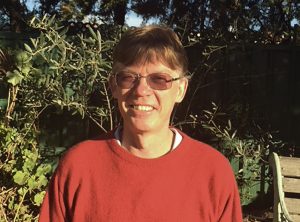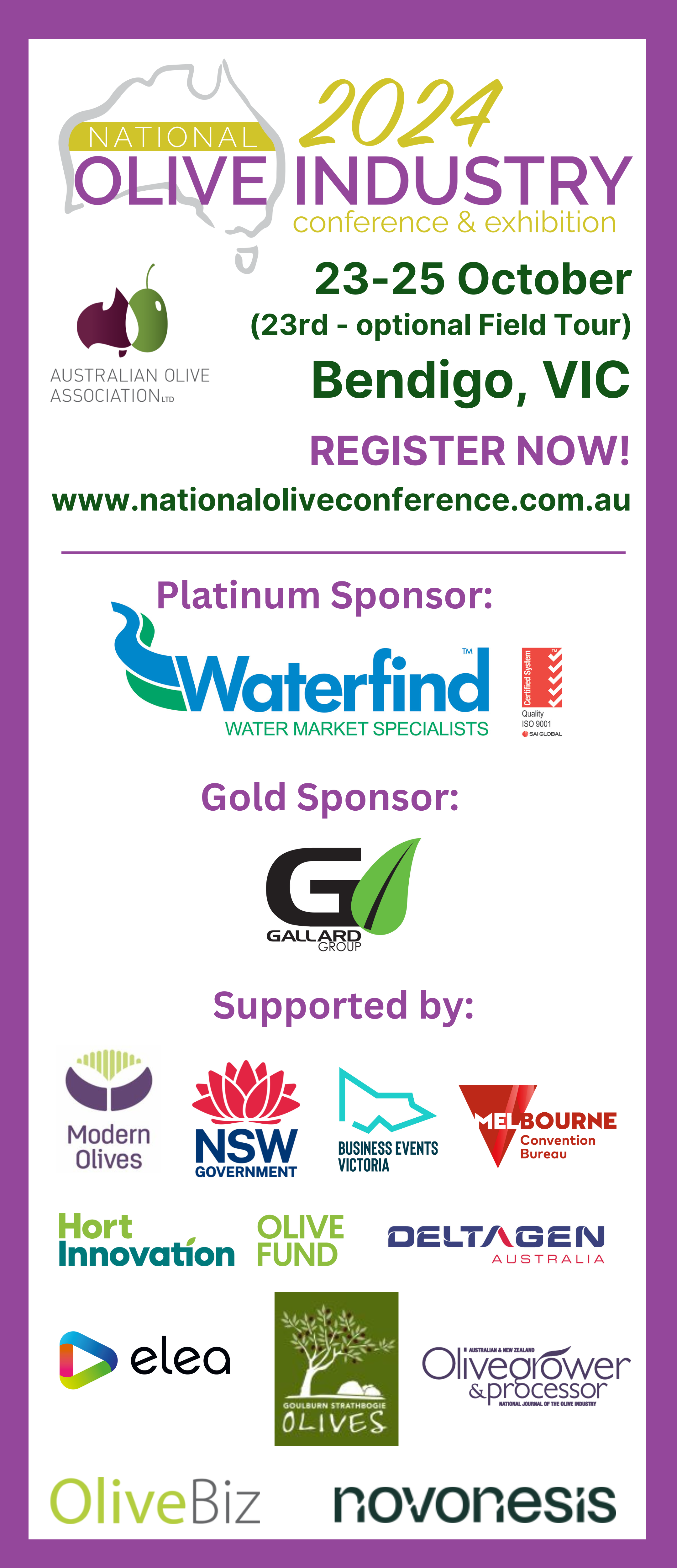
Dane Thomas from the South Australian Research and Development Institute’s (SARDI) Climate Applications unit will share high level insights around climate change on perennial horticulture in Australia, and how that impact could be felt in the olive industry.
“Each region has strengths and challenges from climate and weather that affect their industry,” Dr Thomas said.
“Assessing risks and impacts from weather and climate requires an understanding of thresholds and damage functions from weather and climate on your crop – some of these may be known, some need to be inferred.
“Assessing risks and the impacts from weather and climate will also depend on the development stage of the plant when the undesirable weather or climate event occurs. For example, a frost in mid-July is likely to be a minor problem compared to a November frost.
“I’ll be discussing this at the AOA Conference, and explaining why having an understanding of the timing of your crop’s development stage is important to understanding climate and weather-related risks.”
Dr Thomas will also discuss what is likely for future climates, including a warmer and more water constrained future climate.
“A warmer climate is likely to include a warmer growing condition with more frequent and more extreme hot weather and/or heat wave events, and less winter chill accumulation,” he said.
“Rainfall projections in future climates are less certain but many climate models indicate a change in the seasonality of rainfall, and a decline in rainfall in the longer term.”



